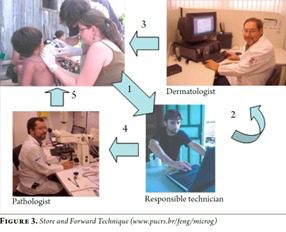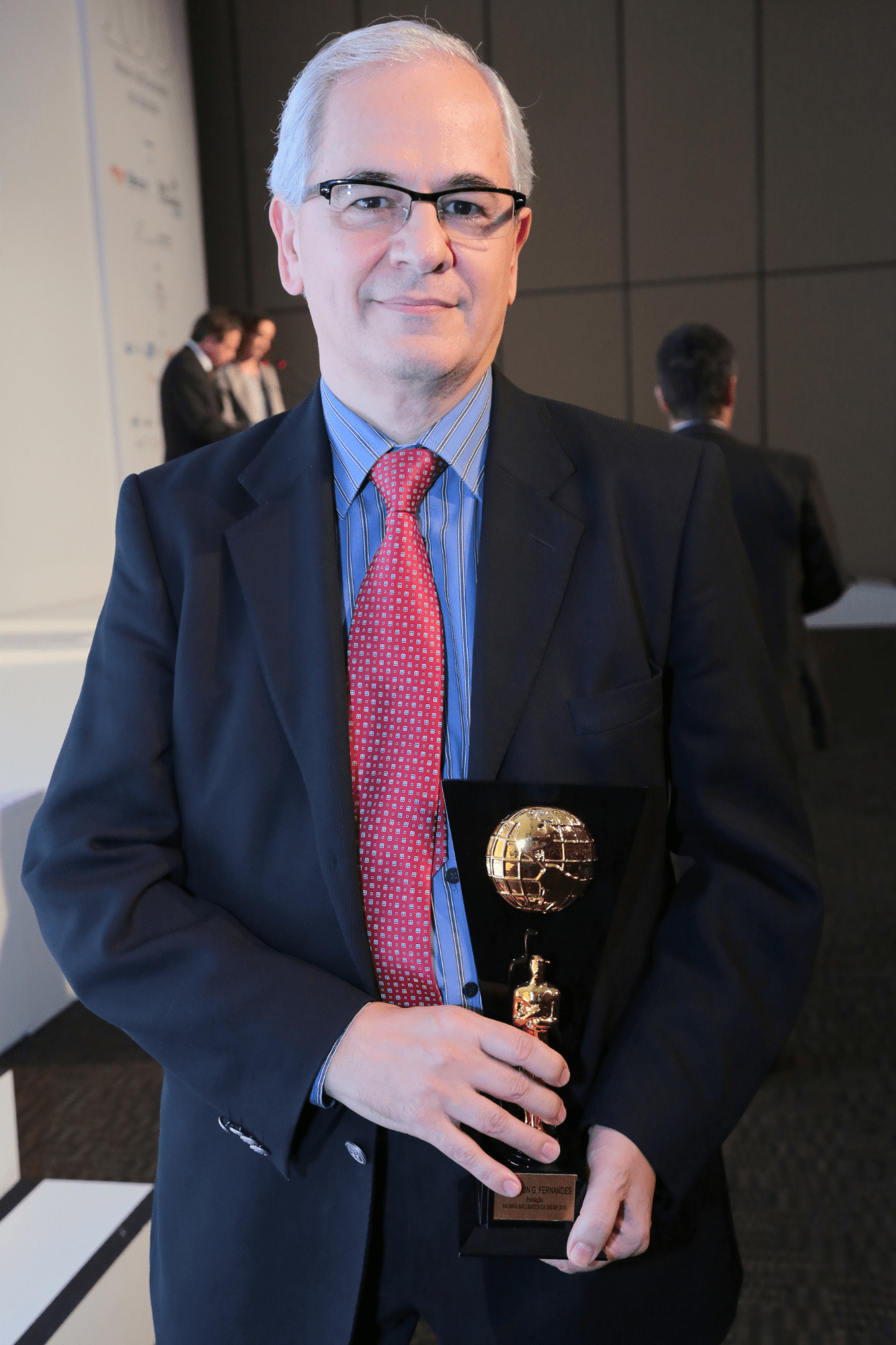In 2005, we created the PUCRS Telemedicine Group, bringing together colleagues from different areas of knowledge at the Pontifical Catholic University of Rio Grande do Sul, a pioneer initiative in the country’s south region.
Understanding the benefits of telemedicine, which was still in its infancy in the country at the time, we decided to conduct projects that could contribute to its expansion.
At that time, technologies were much more limited, such as internet bandwidth, especially in remote regions. Facing the challenges, we decided to carry out the first teledermatology project for a specified population in the Amazon region, north Brazil, most indigenous people from various villages.
The success of this project was due to the collaboration of several professionals and institutions, with the leadership of our colleague Thais Russomano.
Brazil is a country with continental dimensions, uneven distribution of financial resources and severe social problems. A lack of medical specialists in small cities, rural and poor areas of Brazil have proven to delay the diagnosis and the adequate management of several medical conditions. Telemedicine, e-health and computer-based guidelines are optimal tools to overcome this situation, allowing easy access to remote diagnosis and providing support to clinical decisions.
The main goal of this project is to make available specialized medical assistance to remote communities, such as the ones found in the Amazon region, using telecommunication systems, mobile technologies and biomedical engineering as tools. Dermatology with the support of pathology, were the medical specialities chosen for this project.
The patients involved were from the urban area and Indian tribes of Ji-Parana city, Rondônia (RO), Brazil. The project was aimed to help the general population of the city of Ji-Parana, and the Indians from the villages of Arara, Gavião and Zoro. There was a huge unattended demand for specialist assistance in dermatology.
A total 181 patients were evaluated and the analysis of dermatological exams using the store-and-forward technique. This enabled digital photographic images made during patient consultations to be securely transmitted to the School of Medicine at PUCRS for analysis by a dermatological specialist (Figure 3).
The transmissions were made from the Maristas brothers’ house in Ji-Parana city via ADSL Internet (256kbps). Videoconferences during the consultations of the patients were impossible due to an important delay in video and audio transmission, but good enough for the exchange of emails.
Twenty-three cases were also biopsied due to suspicion of cancer and submitted for analysis by the Pathology Department. Diagnostic and therapeutic guidance was provided to local community physicians.
In conclusion, telemedicine has great applicability in the diagnoses of dermatological skin lesions, making possible the assistance of populations with lack of specialized medical care in remote areas of Brazil.


Ricardo Cardoso, Eder Huttner, Alexia Hoppe, Camila Winter, Edson Huttner, Sergio Celia, Vinicius Duval, Maria Helena Lopes, Jefferson Fernandes, Adolfo Sparenberg, Thais Russomano
Microgravity Centre, FENG, PUCRS, Brazil, Nucleo de Pesquisa em Cultura Indigena, PUCRS, Brazil, School of Medicine, PUCRS, Brazil
Acta Informatica Medica. Volume 15, no 4, pp. 211-215. December 2007. ISSN 0353-8109
This project aimed to support hospitals operating within the Unified Health System (SUS) in developing qualified care for patients with acute stroke, through a training program and specialized second opinion…
Teledermatology Project providing specialized medical support to remote communities in the Amazon region, using telecommunication systems and mobile technologies. The patients were…

Tele-education project for medical undergraduate students in which they were introduced to new concepts of medical care: telemedicine, remote second opinion and information and communication…
Transformations and advancements in medicine are happening exponentially. Physicians and healthcare professionals face ongoing challenges with the emergence of disruptive technological innovations, such as advanced genomics and artificial…